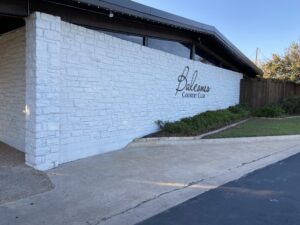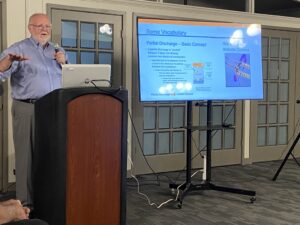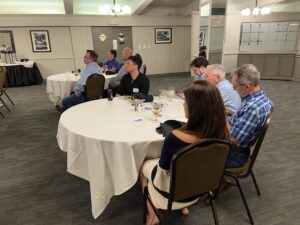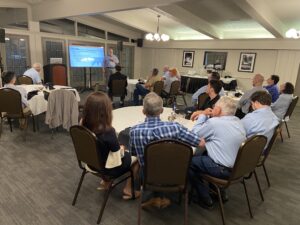September 26, 2023, IEEE (PI)2 Austin Technical Meeting: Partial Discharges are Fun Again
On September 26, 2023, IEEE (PI)2 Austin hosted a Technical Lecture: “Partial Discharges are Fun Again” with speaker Dr. Robert Hebner, Director of Center for Electromechanics at University of Texas at Austin
For decades, partial discharges have been a diagnostic to help assess insulation life in 60 Hz power system components. Quality control had become so mature that partial discharges had become largely an end-of-life issue. Then we developed power electronics for solar power, wind power, and transportation electrification. The power electronics opened the door to higher voltage, higher temperature, and higher frequency. In the old days, the way we would accelerate the aging of power system insulation was to raise the voltage, temperature and/or frequency. So, we are seeing much shorter life. And partial discharges are still an early warning. But the discharges in this new environment are of a different nature than we had in our legacy systems. This is stimulating new measure and analysis technology. So the partial discharge world is an exciting mix of legacy technology and emerging new power system applications. Moreover, the envisioned future incorporates topics like edge computing, big data, and machine learning to achieve a more reliable world. There are challenges to overcome, however. The number of locations where partial discharge analysis can be useful has increased by several orders of magnitude, which increases the cost of monitoring. Solutions need to consider the cost of failures (dollars, safety, outages, etc.) and the cost of the more widespread monitoring systems (equipment, deployment, maintenance, replacement).
Bob Hebner is the Director of the Center for Electromechanics at the University of Texas at Austin. The Center power and energy technology, and teams with companies to get emerging technology into the market. Important current projects involve transportation electrification, growth of hydrogen in transportation and electric power, nano-dielectrics, and grid resiliency.
Before joining the University of Texas, he spent many years at the National Institute of Standards and Technology (NIST). He also worked in the Office of Management and Budget, at the Defense Advanced Research Projects Agency and at Sandia National Laboratory.
Throughout his career, Dr. Hebner has been active technically having authored or coauthored more than two hundred technical papers and reports. He is a life fellow of the IEEE. He spent three years as a member of the IEEE Board of Directors and has served as Chair of the Board of the Center for Transportation and the Environment.






